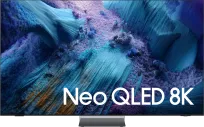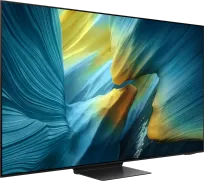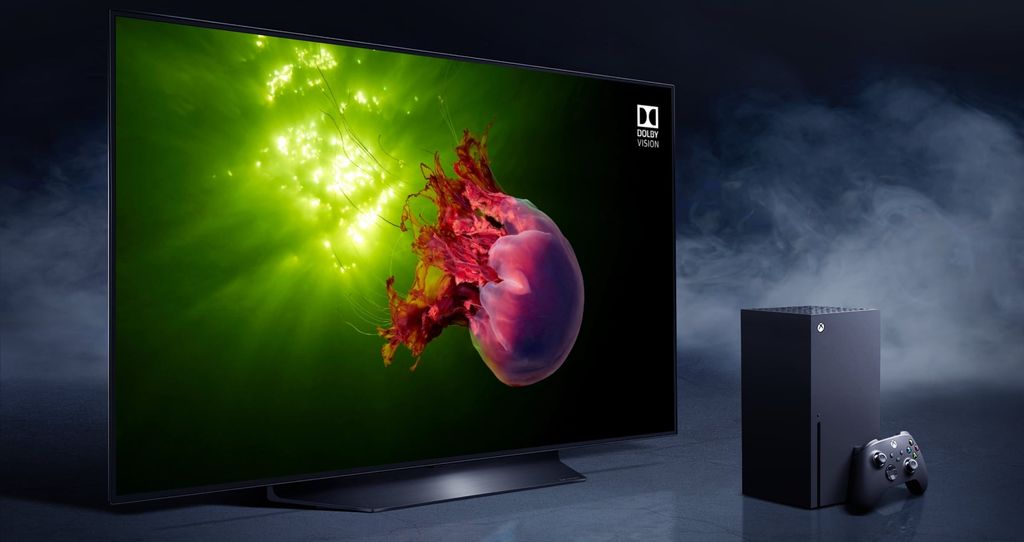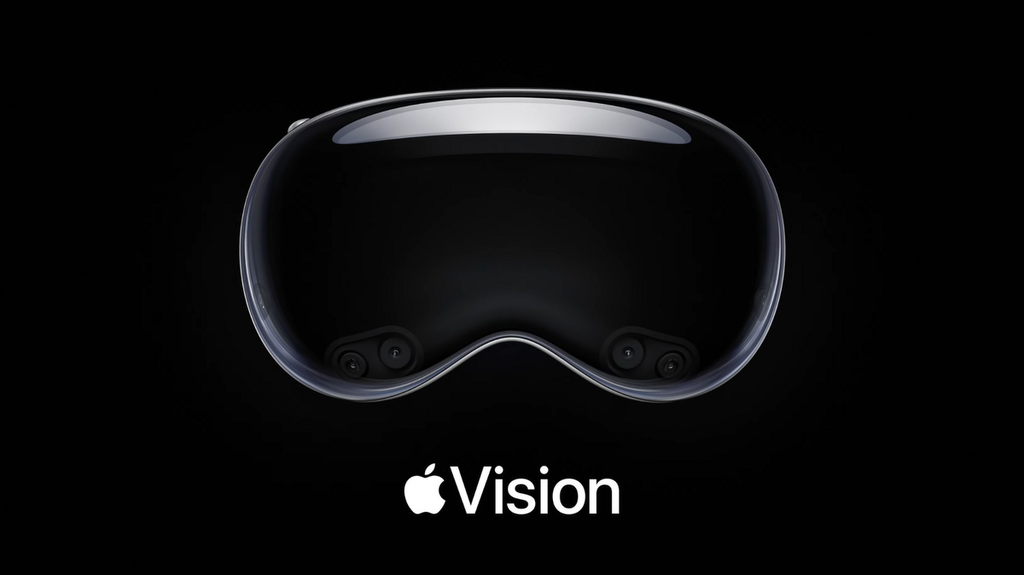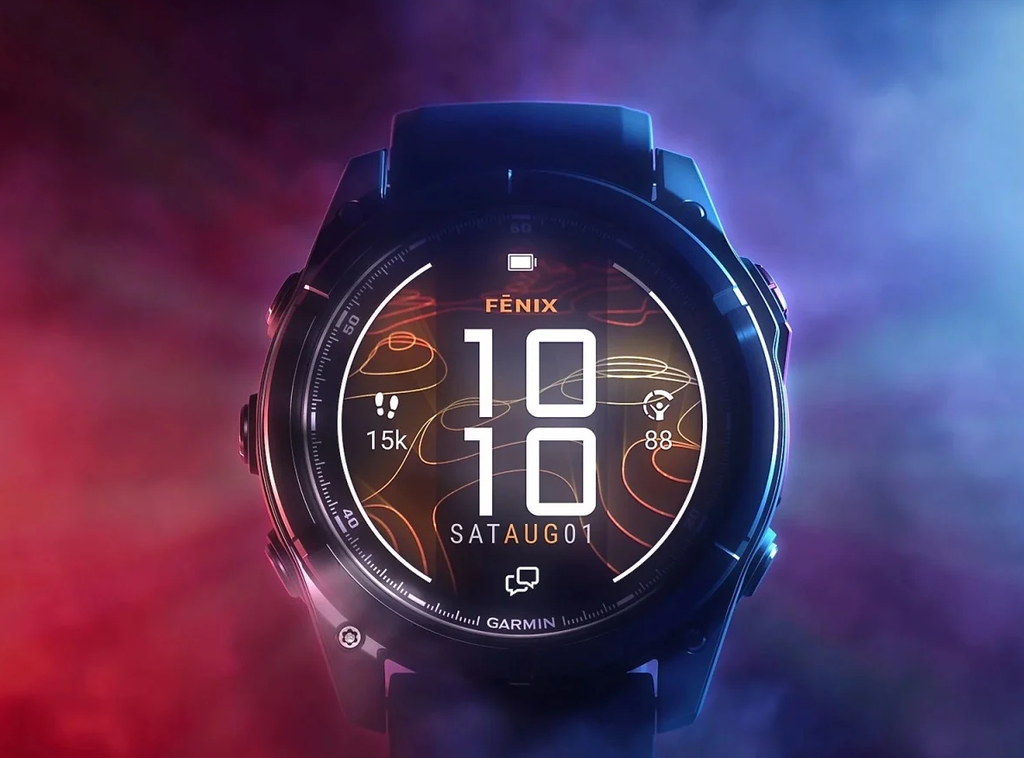
Garmin decided to do something that no one dared to try before – it introduced micro-LED to a smartwatch. The new Fenix 8 Pro is available in two versions: classic with OLED and the more futuristic one with micro-LED. The difference? OLED starts at 1200 dollars and is available in sizes 47 and 51 mm, while micro-LED is only available in 51 mm and costs a whopping 2000 dollars.
Micro-LED vs OLED
Micro-LED offers the biggest advantage in terms of brightness – up to 4500 nits, making the Fenix 8 Pro the brightest smartwatch on the market. This is a significant leap compared to OLEDs, which today reach a maximum of 3000 nits. Garmin boasts over 400 thousand LEDs that are said to provide incredible readability even in direct sunlight, plus rich colors and wide viewing angles.
Price? Brightness? What about the battery?
However, there is no rose without thorns. Higher brightness means a much shorter operating time. The OLED version lasts up to 27 days, while the micro-LED lasts a maximum of 10 – which is one third of what Garmin has accustomed us to in its watches.
Satellites and the Future of Micro-LED
Both variants of the Fenix 8 Pro are also the first smartwatches with satellite connectivity, allowing users to send messages and locations without a phone. The micro-LED panels are most likely from Taiwanese AU Optronics.
Micro-LED in televisions has not yet gained traction – seven years after its debut, the technology is still not mature. However, Garmin has outpaced the competition and will check if smartwatches can indeed be a springboard for broader success.
 Katarzyna Petru
Katarzyna Petru

